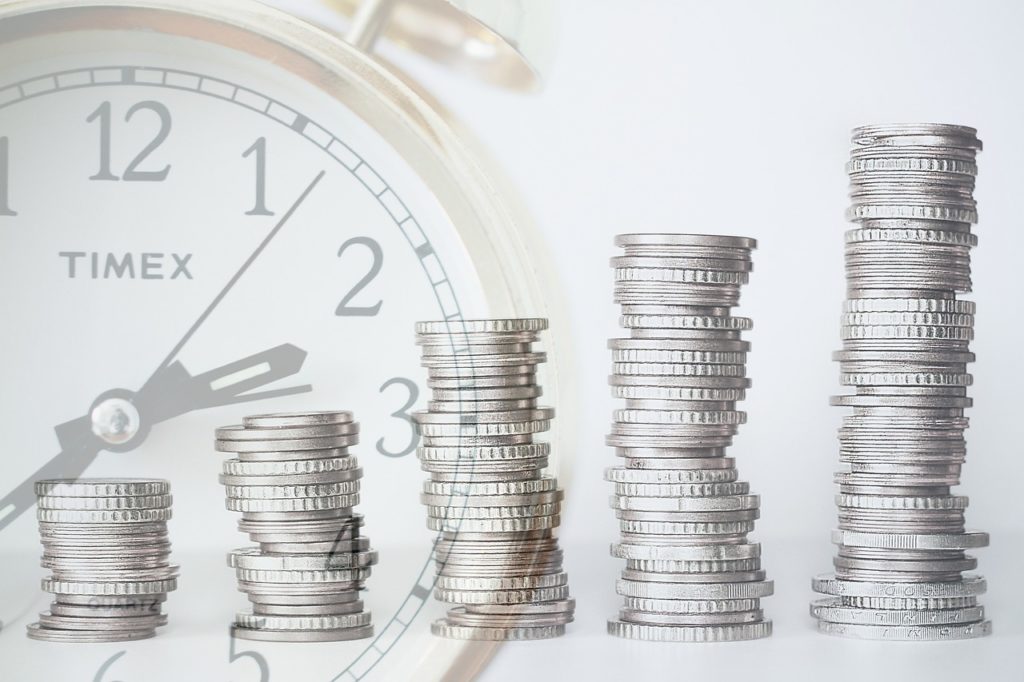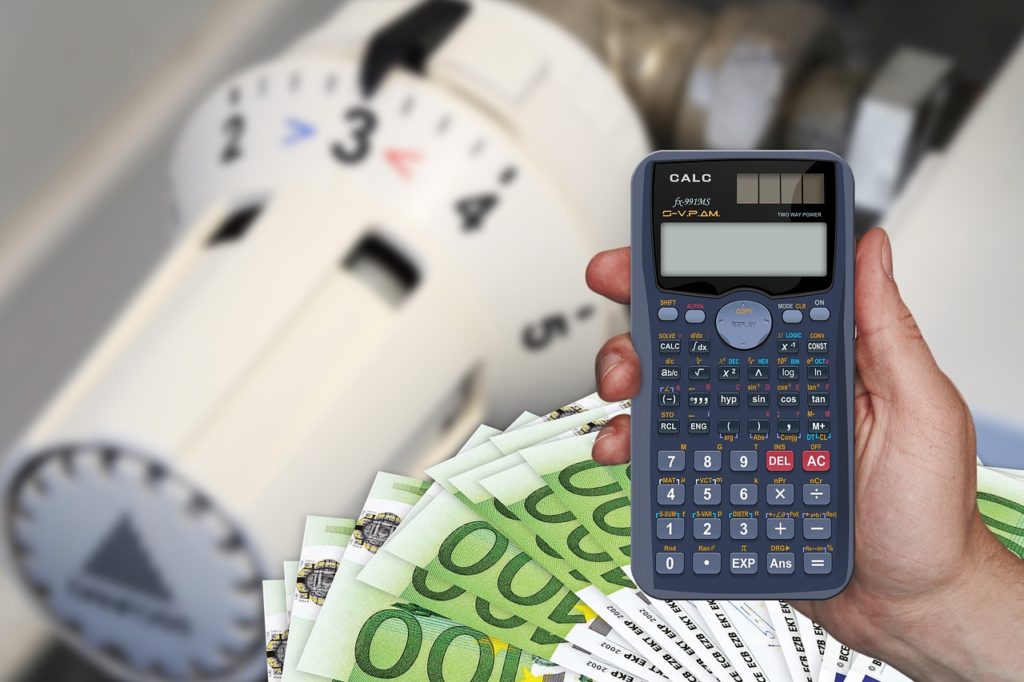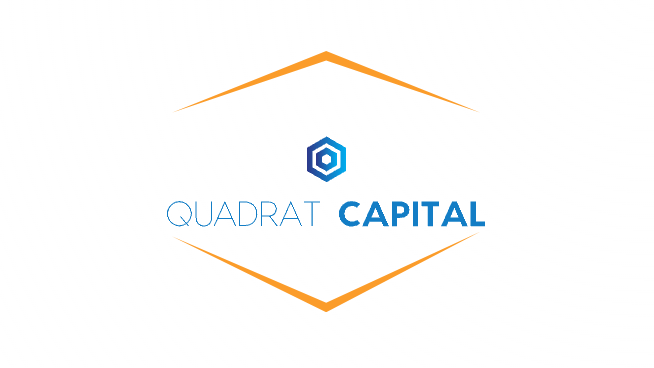In today’s world, investing in renewable energy is not just a green choice but a smart financial decision. However, for beginners, understanding the financial landscape of renewable energy investments can be daunting. This post aims to demystify key financial metrics crucial in this sector. We’ll explore how to calculate and interpret these metrics, their significance in investment decisions, and how they help in comparing various renewable energy projects.
Understanding ROI in Green Investment

Return on Investment (ROI) is a pivotal metric in renewable energy investment. It measures the profitability of an investment. To calculate ROI, divide the net profit by the initial cost of the investment. A higher ROI indicates a more profitable investment. In the context of renewable energy, a robust ROI reflects not only financial gains but also environmental contributions.
Deciphering Payback Period
The payback period is the time it takes for an investment to repay its initial cost. In renewable energy projects, this metric is crucial. It helps investors understand how long it will take for the project to become profitable. A shorter payback period is often more attractive, as it implies quicker returns on investment. However, it’s important to balance the payback period with long-term sustainability goals.
Levelized Cost of Energy (LCOE) Explained

Levelized Cost of Energy (LCOE) is a comprehensive metric used to compare the cost-effectiveness of different renewable energy projects. It represents the per unit cost of building and operating a generating plant over its lifetime. Calculating LCOE involves considering factors like capital costs, operational costs, and energy production. A lower LCOE means a more cost-effective energy source, making it a vital metric for investment decisions.
Understanding these financial metrics and managing your renewable energy portfolio is crucial for anyone looking to invest in renewable energy. ROI, payback period, and LCOE provide a clear picture of the financial viability of renewable energy projects. They enable investors to make informed decisions, balancing profitability with environmental impact. As the world moves towards greener energy solutions, being well-versed in these metrics is not just beneficial but necessary for successful investment in this ever-evolving sector.
